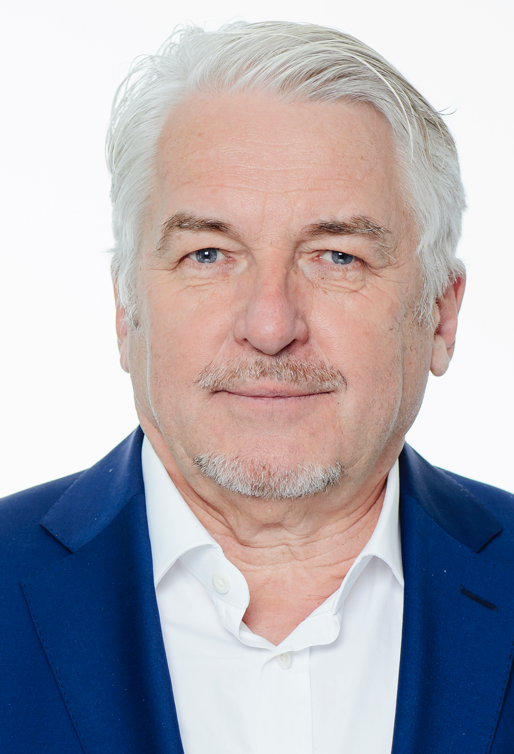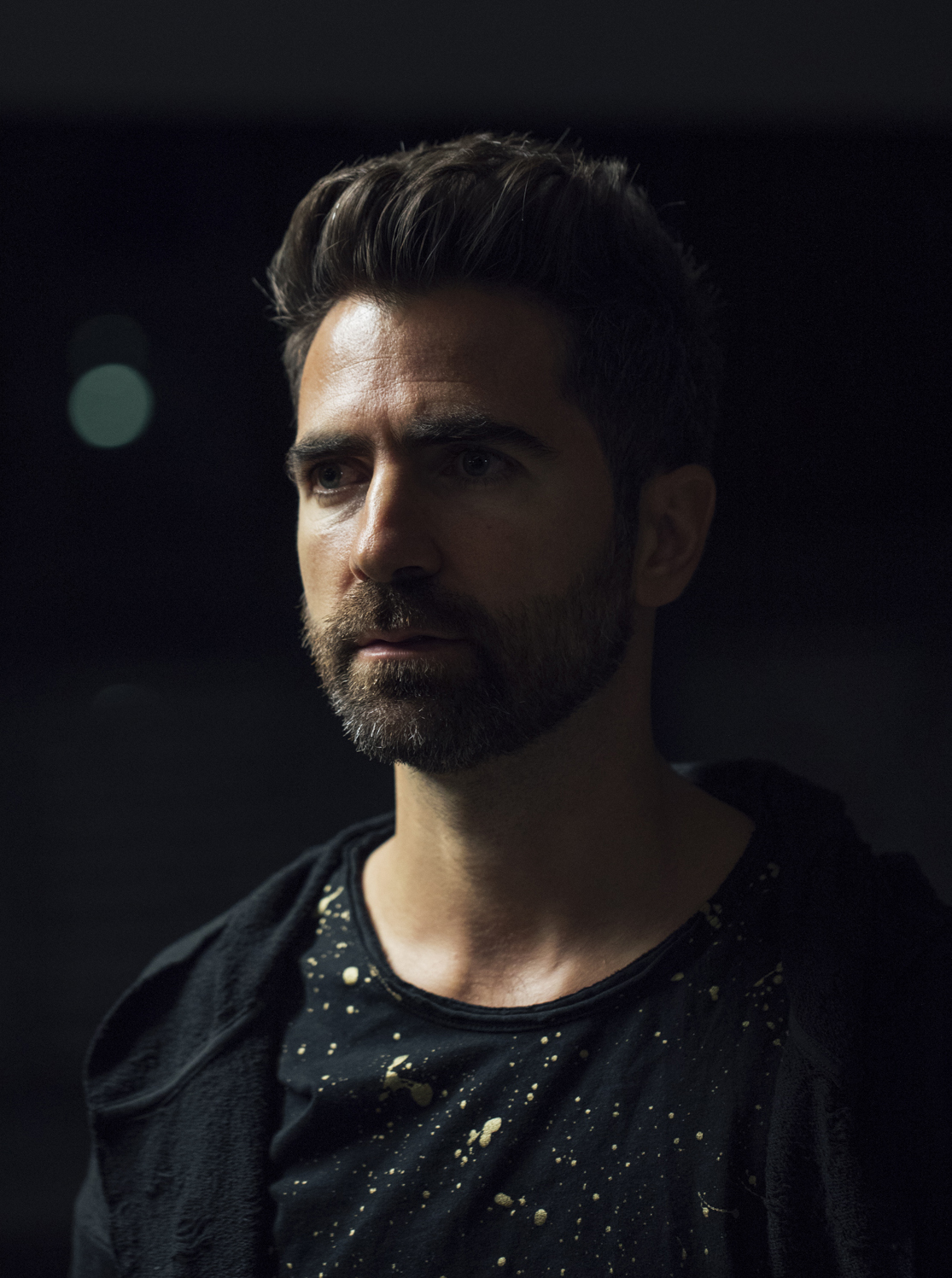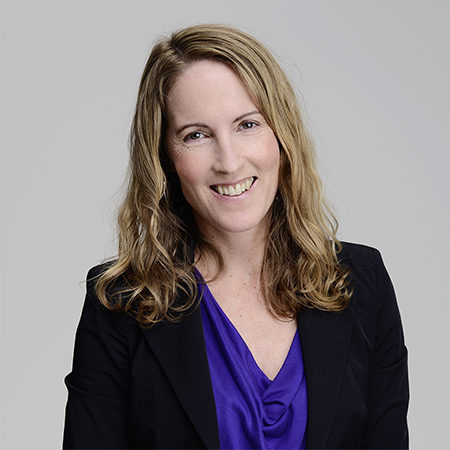Keynotes
Manfred Broy – On the Interplay between Formal Foundations, Peer Driven Research, Applied Research and Transfer in Software and Systems Engineering
 There are often complaints – in particular in the scientific community – about the lack of interplay and transfer between scientific research in software and systems engineering as we find it at universities and research institutes and practice of software and systems engineering. In fact, it is not so easy to relate very foundational formal techniques as they are under research with practice in industries. We discuss – in particular with respect to research in software and systems engineering and their modeling – our experiences in applying our techniques as a result of peer driven research in practice, where we interacted with a number of companies and try to develop patterns of interactions which on one hand are effective techniques to bring research results into practice and on the other hand make sure that research understands the open problems in practice in more detail and develops ideas in which way such problems could be tackled.
There are often complaints – in particular in the scientific community – about the lack of interplay and transfer between scientific research in software and systems engineering as we find it at universities and research institutes and practice of software and systems engineering. In fact, it is not so easy to relate very foundational formal techniques as they are under research with practice in industries. We discuss – in particular with respect to research in software and systems engineering and their modeling – our experiences in applying our techniques as a result of peer driven research in practice, where we interacted with a number of companies and try to develop patterns of interactions which on one hand are effective techniques to bring research results into practice and on the other hand make sure that research understands the open problems in practice in more detail and develops ideas in which way such problems could be tackled.Biography
Manfred Broy’s research is in software and systems engineering both in theoretical and practical aspects. This includes system models, specification and refinement of system and software com¬ponents, specification techniques, development methods and verification. He is leading a research group working in a number of industrial projects that apply mathematically based techniques to combine practical approaches to software engineering with mathematical rigor. His main topics are requirements engineering, software and system architectures, componentware, software development processes, software evolution, and software quality. In his group the CASE tool AutoFocus was developed.
One of the main themes of Manfred Broy is the role of software in a networked world. As a member of acatech under his leadership the study Agenda Cyber-Physical Systems was created for the Federal Ministry of Research to comprehensively investigate the next stage of global networking through the combination of cyberspace and embedded systems in all their implications and potential.
From January 2016 till April 2019 Professor Broy was founding president of the Bavarian Center for Digitization. There he was working on the topics of digital transformation and digital innovation.
Renzo Vitale – Designing Sounds and Music for Modernity

Biography
Renzo Vitale explores the narrative between music, science and human perception envisioning sonic spaces for music to evolve, for cities to sing, for people to transcend. He is an Italian pianist, composer, sound designer, acoustic engineer and artist. His creative process involves an interrogation of the relation between music, science and human perception.
As a musician, Vitale has composed a wide spectrum of works ranging from dance theater to performative installation pieces and virtual reality experiences. His solo works focus on vulnerable states of human condition, such as the sublimity of emotional gravities and the irrational nature of disorders. As a scientist, his research encompasses architectural acoustics, psychoacoustics, vehicle acoustics and music communication.
Vitale holds a PhD in Acoustics from RWTH Aachen University, two master’s degrees in electronic engineering and in piano performance as well as further studies in electronic music, composition and conducting. Previously he has been a research scholar at the Institute of Technical Acoustics in Aachen, Pratt Institute in New York and KTH in Stockholm.
In 2015 he joined the Research and Innovation Center of BMW Group where he designs the sounds of electric vehicles. He conceived a new generation of sounds through a novel approach that he calls “Sound Genetics”. In 2019 he partnered with Oscar winning composer Hans Zimmer to compose the drive sound for a vision vehicle.
Kristina Shea – Designing with 3D and 4D Printing: Impacts on computational modeling and optimization

Biography
Kristina Shea is Full Professor for Engineering Design and Computing in Mechanical and Processing Engineering at ETH Zürich since 2012. Her research focuses on developing cutting-edge computational models, methods and tools that enable the design of more novel and optimized engineered systems and products as well as to automate design and fabrication processes. Currently her research group focuses on new computational design methods for 3D and 4D printing as well as computational design synthesis and optimization methods. Application areas include consumer products, buildings, robotics, biomedical, space and automotive. She graduated in Mechanical Engineering (BS 1993; MS 1995; PhD 1997) from Carnegie Mellon University (US). She has held academic positions at EPFL, University of Cambridge (UK) and TU München (Germany) and worked as a Senior Engineer at Arup (London, UK). She is a Fellow of the American Society of Mechanical Engineers (ASME).


